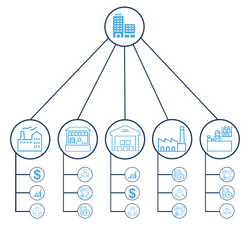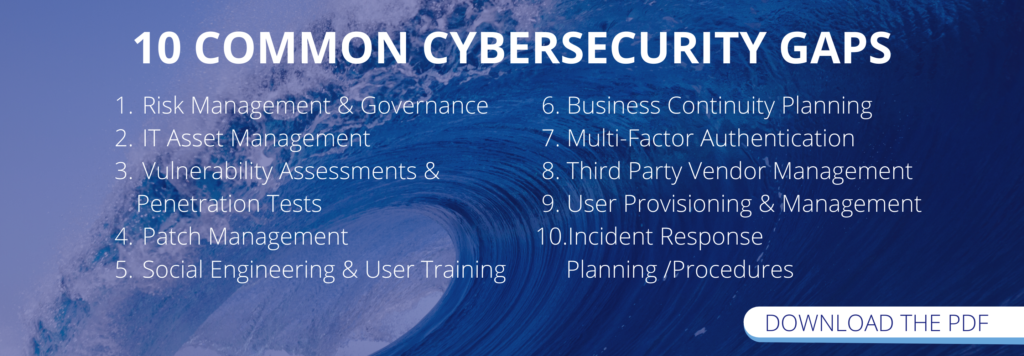When PE firms purchase a new portfolio company, there are specific reasons for doing so, leading to a specific set of metrics in mind that the firm wants to report on and monitor, such as customer acquisition cost, profit margins, and customer churn. The PE firm’s operations team focuses on optimizing and improving these key metrics by making changes as needed in the company’s operations, marketing, finance, and other functions. Real-time reporting on the key metrics allows an operating partner and key leaders within the business to proactively see situations coming that may require an adjustment.
Detailed reporting on each company within a portfolio, which each have different reporting systems, is a time-consuming task that inhibits the ability to look at metrics across the board in real-time as needed. In order to seek a solution to this problem, a PE firm came to us.
Challenge:
A PE firm operating partner came to us challenged by the lack of integrated systems his portfolio companies had for reporting on key metrics. Each company had different reporting measures for each of its different KPIs and digging into these metrics across each company in the portfolio was inefficient, inhibiting quick decision making, and consuming valuable time.
In order to win back time and monitor his portfolio companies with ease, he came to us in need of a third party that could ultimately create one dashboard that would report on all of the same metrics for each company across the portfolio. Immediately, they were looking for a group that could start by doing this for one portfolio company as a pilot, in order to see if it would be useful if scaled across the entire portfolio.
Solution:
Leveraging our founder’s 20 years in private equity, we have extensive frameworks for assessing PE-grade data analytics needs. BluWave utilizes technology, data, and human ingenuity to pre-map, assess, monitor, and maintain deep pools of data analytics resources that uniquely meet the private equity standard. We interviewed the PE firm to understand their specific key criteria and then connected them to a select pre-vetted data analytics group from our invitation-only Intelligent Marketplace that had the capabilities that fit their exacting needs.
Result:
The selected data analytics group got to work on providing the PE firm with the needed dashboards by first implementing ETL (Extract, Transform, Load) software that could tie all of the pilot portfolio company’s systems into a single source of truth. Once this initial step was done, they were able to begin developing dashboards through a data visualization tool. By first combining all of the systems into a single source of truth, the dashboards were created in a way that would allow them to update in real-time, allowing the PE firm to access key data points for the portfolio company at the click of a button.
This was such a success with the first portfolio company that they were able to implement the ETL software across the portfolio, bringing each company’s data to the same point of maturity and combining it into a single source of truth. This allowed dashboards to not only be created for each separate company, but also allowed for dashboards to be created that connected all of the portfolio companies’ data together in order to analyze portfolio-wide trends. This resulted in time being saved at both the portco and PE level, as well as resulted in significant business improvements being made throughout the portfolio due to trends that the dashboards highlighted.

Download a copy of this case study.
View more case studies to learn how we are helping other leading PE firms drive success with ease.
Interested in connecting with us on your need? Contact us here.















